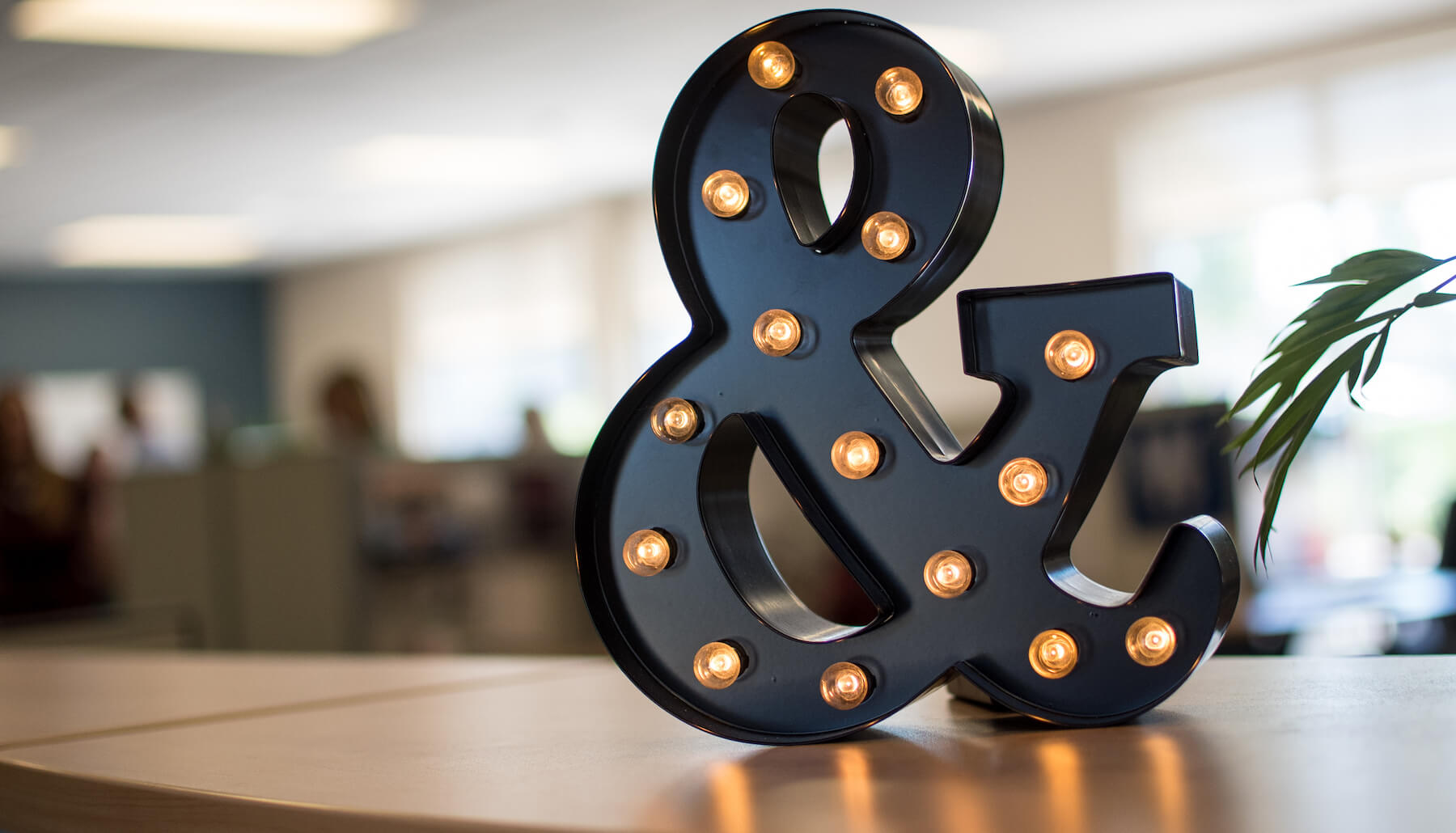
Recently a few team members took the opportunity to cozy up in the office conference room for Michael Smart’s PR Power Writing webinar. Safe from the flurrying snowfall outside the full-length windows, Smart’s advice made eyebrows rise, heads nod, and pens scribble.
Often, as PR practitioners, we are told to “create impactful quotes” or “make attention-grabbing headlines”. Smart described a strategic route to achieving these industry guidelines.
How do I catch the reader’s eye?
Most PR pros know how to take advantage of unusual words and direct headlines, but Smart suggested one specific technique that has been scientifically proven to catch more eyes: odd numbers. I can’t resist making a bad joke here, but – that’s odd. While reviewing a release that read, “We have more than 10 new additions!” Smart suggested that the more intriguing statement would be; “We have 11 new additions!” Odd or slanted numbers are proven to receive more clicks on a website and turn more eyes at the supermarket. So our team’s new goal: 5’s and 7’s and 107’s.
What is my goal for this press release?
Getting media attention is most often the overarching goal of PR practices, as it should be. But Smart says it shouldn’t always be the first goal. Every press release should have an angle, whether direct or indirect. A direct angle could be simply to sell tickets to an event, while an indirect angle might be to demonstrate corporate social responsibility. With a strong angle, not only will the news release grab media attention, it also will positively impact the business and leave a lasting impression on readers. As Smart articulated it, “to do more than just grab the attention of the media can be of lasting value, and help both the long and short term goals of the company.”
How exactly do I nail a quote?
Quotes are often dressed up with buzzwords and technical talk. Smart described this as the most frequent mistake in the industry, one that can make the individual seem less authentic. Smart explained that asking for a quote could backfire if your subject insists on filling your ears with jargon and shoptalk. Instead, Smart suggests that creating a narrowed conversation and asking a few targeted questions encourages your subject to speak more naturally. By eliminating the buzzwords to simplify the quote, you help readers better grasp it’s meaning.
I am excited to take these new approaches to the rest of the CB&A team, and embed them in my everyday habits. Smart presents his tips in a fresh, interactive and modern way, giving concrete examples of exact actions to take. It’s a much appreciated approach that allows for substantial growth and easy remembrance. For more information on Michael Smart, visit www.michaelsmartpr.com or follow him on Twitter: @michaelsmartpr.
